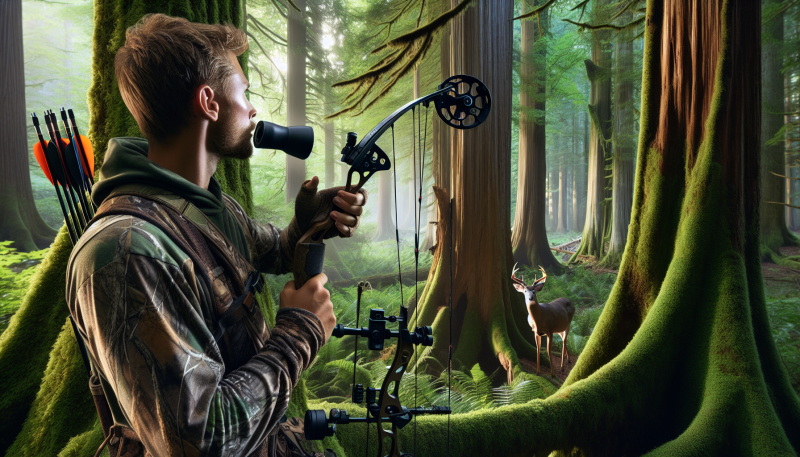Fishing line sizes can be confusing to beginners, but once you understand the basics, choosing the perfect line becomes much easier. The size of fishing line refers to its diameter, and this measurement is often given in pounds. The larger the diameter, the stronger the line will be. However, there are other factors to consider when selecting the right fishing line size for your needs.
When selecting fishing line size, it's important to take into account the type of fish you are targeting. Larger fish, such as bass or pike, will require a heavier line to handle their weight and strength. Lighter lines, on the other hand, are better suited for smaller fish like trout or panfish. Additionally, consider the fishing conditions you will be facing. Fishing in heavy cover or rocks may require a heavier line to prevent breakage, while open water fishing may allow for a lighter line.
It's also important to think about the type of fishing you will be doing. For example, if you are casting lures or using a spinning reel, a lighter line may be more manageable and allow for increased casting distance. On the other hand, if you are trolling or bottom fishing, a heavier line may be necessary to handle the extra weight and pressure. By taking into consideration the type of fish, fishing conditions, and fishing style, you can better determine the ideal fishing line size for your next fishing adventure.
Factors to Consider When Choosing Line Size
When it comes to choosing the perfect fishing line size, there are several factors that you should consider to ensure a successful fishing experience. One of the most important factors to consider is the type of fish you are targeting. Different species of fish have different preferences when it comes to line size, so it is essential to match your line size to the type of fish you are hoping to catch. For example, smaller fish may be more easily caught with lighter line sizes, while larger fish may require heavier line to withstand their strength.
Another factor to consider when choosing line size is the type of fishing you will be doing. If you will be fishing in clear water with minimal obstacles, you may be able to get away with using light line. However, if you will be fishing in murky water with lots of debris, heavier line may be necessary to avoid breakage. Additionally, if you will be using lures or bait that require a certain line size to be effective, you will need to take this into account when choosing your line size.
The strength of the fishing line is also an important factor to consider. The strength of a fishing line is typically measured in pounds, and it is important to choose a line that is strong enough to handle the weight of the fish you are targeting. If your line is too weak, it may break when you are reeling in a fish, causing you to lose your catch. On the other hand, if your line is too strong, it may be more visible to the fish and deter them from biting. Finding the right balance of strength is crucial for successful fishing.
Matching Line Size to Fishing Conditions
When it comes to choosing the perfect fishing line size, one of the key factors to consider is matching the line size to the fishing conditions. The size and weight of the fish you are targeting, as well as the type of water you will be fishing in, play a crucial role in determining the ideal line size for your fishing excursion.
For smaller fish such as trout or panfish, a lighter line in the 2-6 pound test range is typically recommended. This allows for more delicate presentations and better sensitivity to subtle bites. On the other hand, if you are going after larger fish like bass or pike in heavy cover, a heavier line in the 10-20 pound test range is more suitable to handle the abrasion and potential for snagging on underwater structure.
Another important factor to consider when matching line size to fishing conditions is the clarity of the water. In clear water, fish may be more wary and line visibility can spook them. In these situations, using a lighter line and fluorocarbon or monofilament materials can help increase your chances of success. In murky or stained water, where visibility is reduced, a heavier line and braided material may be more appropriate for increased strength and durability.
Tips for Selecting the Right Line Size
Choosing the right fishing line size can make a huge difference in your fishing success. Here are some valuable tips to help you select the perfect line size for your next fishing trip.
1. Consider the type of fish you are targeting. Different fish species require different line sizes. For smaller fish like trout or panfish, a lighter line around 2-6 pounds may be sufficient. However, if you're going after larger fish like bass or pike, you may need a heavier line in the 10-20 pound range.
2. Think about the fishing conditions. If you're fishing in clear water with minimal snags, you can get away with a lighter line. On the other hand, if you're fishing in heavy cover or rocky areas, a heavier line will be more durable and less likely to break.
3. Test out different line sizes. Don't be afraid to experiment with different line sizes to see what works best for you. Take note of how the line handles, how easily it casts, and how it performs in different fishing situations. By testing out different line sizes, you can find the perfect fit for your fishing style.

